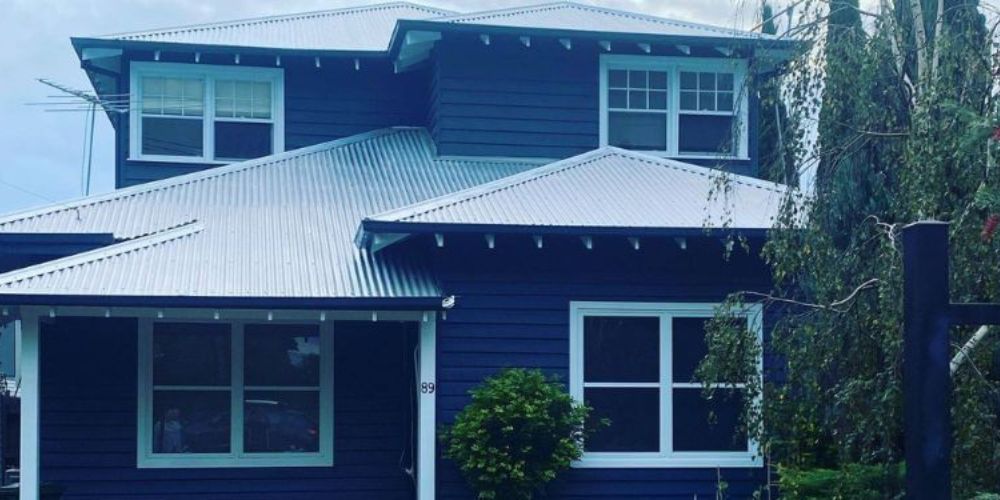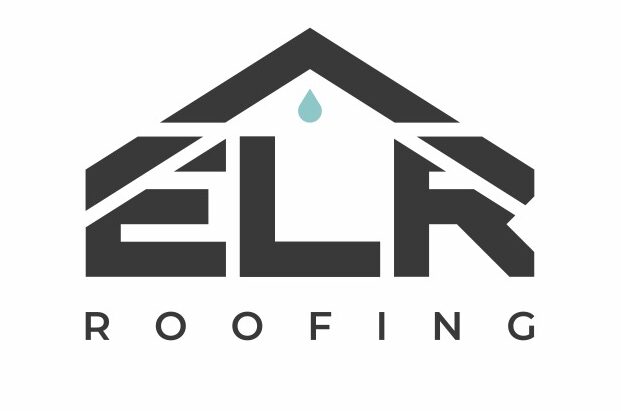For most people, building a shed’s roof is more complex than building a shed’s walls. Making a roof shed can be intimidating, but it might be as simple as pie if you’re dedicated. It’s essential to know how to start, whether building a new shed or reroofing an old one. Self-roofing your shed could be a pleasant achievement.
With the number of roofing maintenance and repairs we had done for our client’s homes, we gathered a good list of steps and hacks on how to properly and efficiently reroof a shed. But remember, it’s still best to ask for professional help from expert roofers and plumbers if you think you are not sure how to do it.

What is a Shed Roof?
A shed roof can be compared to a flat roof with a steeper pitch. It can also be considered as a portion of a conventional gable roof. The shed roof has a single slope that can vary in steepness based on the design, in contrast to hip roofs and other standard roof designs with at least two sides.
Used initially mostly on sheds, this design is now more frequently seen on houses. Sometimes the entire roof is constructed in the shed form. In some homes, the shed roof is only used on a portion of the building. Even though the remainder of the house has a hip roof or another design, you can choose to put a shed roof on a new addition to your property.
It is still a good idea to take care of a shed even though it is not as important as a building like a home. Guttering, fascia boards, and other characteristics that will safeguard the roof and the shed throughout its lifespan should be included in the roof’s installation. People should also make it a habit to replace damaged or broken shingles as soon as possible, to avoid water ingress and other issues. Like any other part of the house, it’s a must always to be mindful of the state of your roof and fix the damages that are about to start.
Popular Types of Shed Roofs
We found four commonly used shed roof types, and so did:
- Gable
- Skillion
- Flat
- Heritage
Roofing Materials Commonly used for Sheds
The ideal materials for a shed roof or garden construction are those that are both strong and waterproof:
- Asphalt Shingles
- Rubber Roofing Sheets
- Clay Tiles
- Metal Roofs
- Concrete Tiles
- Wood Shingles
- Roofing Felt
- Rubber Shingles
Signs That Your Shed Needs a Reroofing
The most frequent cause of shed roof repairs is leaks. Sheds are not as strong as other constructions because of their lightweight design. As they are simple for homeowners to assemble, roofing materials like felt, bitumen, or plastic are frequently used for shed roof coverings, but this comes at the expense of durability and longevity. Roof leaks may be caused by cracks, tears, missing shingles, or ordinary wear and tear. These not only run the risk of causing structural damage but the mould and mildew that results could be hazardous to your health.
Visible roof damage is the first and most obvious indication that your garden shed roof needs to be replaced. It is hazardous for a roof to collapse or fall, as it can result in injuries or, worse, fatalities.
If you see a deformity, take a close look at it and don’t try to go over it or under it unless you know how to do it or have the tools to remedy it. It is always better to be safe than sorry.
A sinking shed roof is a problem that is very simple to spot but may be highly stressful. You might not be in immediate danger if it’s only a tiny amount, but taking action right away is still crucial. A sagging shed roof might prevent severe problems like collapsing by being reinforced and repaired. Excess weight on the surface of your roof frequently causes sagging. Because shed roofs are not made to support a lot of weight, any snow or other material that accumulates there and is not cleared away can quickly cause damage.
The proper handling of unfastened panels is required. You should always check that everything is in place and there are no loose panels because your roof shed’s structure and strength are essential to maintain.
This kind of roof can last for a very long time, but it can undoubtedly suffer from the effects of the elements and ageing. Before they collapse, try to repair or replace panels and fasteners if you see any movement or discomfort.
An old or otherwise neglected roof will look bad, and it could also experience leaks and sag. In addition to the structural advantages, renovating, repairing, or replacing your shed roof will increase the value of your home. A beautiful shed will only serve to attract potential buyers who may be wandering through your garden. The majority of roofs have warranties on them that last for about 20 years.
It’s a brilliant idea to start considering replacement if you haven’t had a new roof in the entire period you’ve lived there.
How To Reroof Your Shed
A new roof is required if the shed’s shingles are beginning to crack, wear, or break. If there is only one layer of shingles, a second layer may be added on top of the first layer if the first layer is stable and the nails aren’t coming out. However, you are forced to remove the old shingles if there are already two layers of shingles on the roof or if they are shifting and separating.
Here are some simple steps on how we do shed reroofing. You might want to follow these steps but remember that it will still be best to ask for professional advice and assistance if you find it hard to do it on your own.
- Ladder
- Roofing Materials Replacement
- Roofing Nails
- Hammer
- Pry bar
- Builders’ knife
Starting with the lowest row, pry up the old shingles by lifting them off the roof and squeezing a pry bar under them. Remove all the nails that are sticking up. Broken rafters or plywood should be replaced. Fix any dangling wood with nails. Install or fix any metal drip edge along the roof’s perimeter (to keep water from damaging the wood).
Overlap the lower felt on both sides of the ridge as you lay a piece of roofing felt down the ridge line. Use button caps to fasten it down, running parallel rows of nails down the bottom and top edges of the felt. On the opposite side of the roof, spread more felt similarly.
Cut one shingle into sizes parallel to the original roof’s dimensions to prepare ridge shingles. Lay the starting strips around the bottom edge of the roof, enclosing the drip edge on both sides and extending outward. As directed in the shingle instructions, continue up to the ridge after fastening with four nails per the package’s instructions.
Determine how many shingles are needed to cover the roof from edge to edge. Cut each three-tab shingle so that the cuts match those on the opposite side. When you get to the end of the roof, trim off any excess so it is flush with the roof.
Remember: Always wear shoes when walking on your shed roof. You might not know if there are unseen nails that you might walk into. Be mindful of water spills on the roof. This is going to be slippery and might cause you an accident.
Use your builder’s knife to trim off any felt protruding beyond the fascia to tidy up the appearance of your roof. Use your builder’s knife to trim away the extra felt along the bottom of the fascia. A nice finish will result from this.
A shed must have roofing felt since it prolongs the lifespan of your shingles and safeguards the interior from water damage. Felt is a synthetic or wood composite paper with asphalt that repels water. It offers shingles an unblemished, flat surface to be applied to.
It might be challenging to estimate when to replace the roofing felt on your shed, which has an average lifespan of between 10 and 30 years.
MSR roll roofing is typically the least expensive material you can use for a shed roof. Because roll roofing can swiftly cover huge areas by just rolling it out and nailing it down, it is also the most straightforward shed roof to erect.
Rolled roofing isn’t considered particularly appealing and won’t increase the value of your home if you decide to sell it. Roll roofing has a reasonable life expectancy of five years before it needs to be replaced because it is thin.
However, the 7.5 cm overlap of shed felt is insufficient to prevent water from entering most pent sheds because they have flat roofs with a roof pitch of 5 to 10 degrees. It should have a minimum of two layers of felt for this kind of shed, with the second layer completely adhered to the base sheet using a layer of bitumen glue.
EPDM membranes are quickly taking over the roofing business in place of felt and other antiquated roofing materials. EPDM’s composition provides superior waterproofing and weather resistance as a synthetic rubber composite.
Key Take Aways
Shed roofs should be replaced based on their typical lifespan of 5 to 7 years. However, if your shed roof is starting to look worn or is beginning to leak, you might need to replace it or repair it more quickly.
Repairing a shed roof is not always that stressful. Just make sure that you know what you are doing. If you are not confident enough to do the job, better ask professional roofers to do the dirty work.
